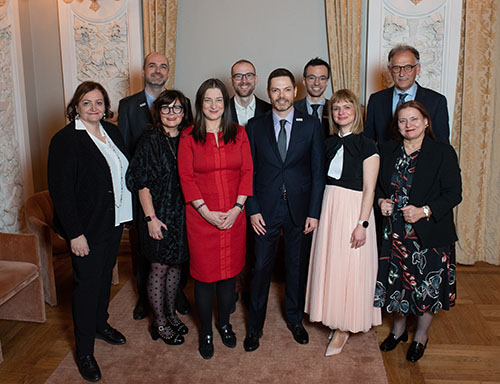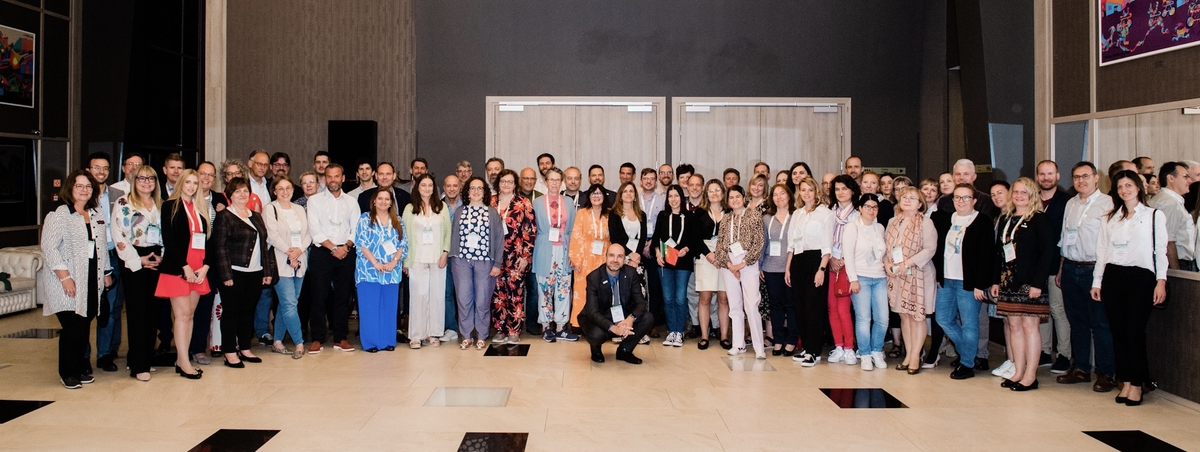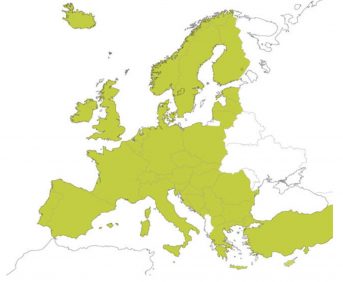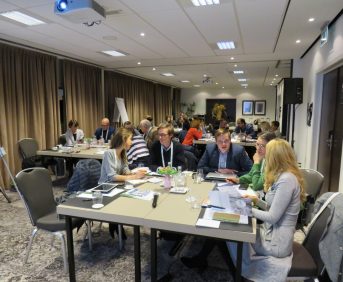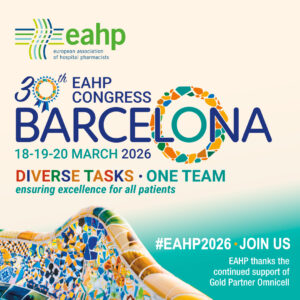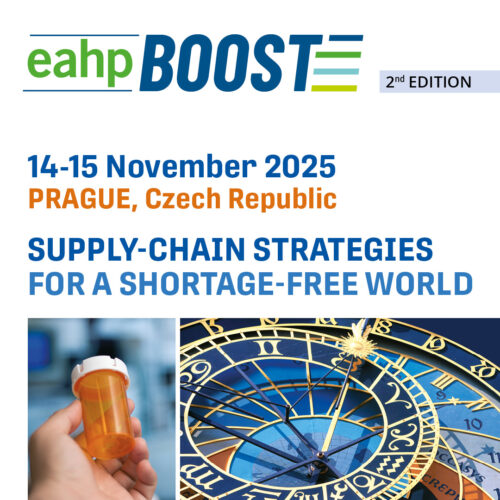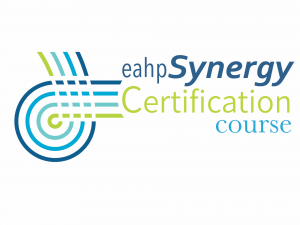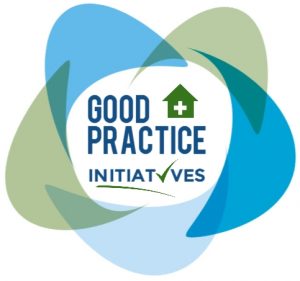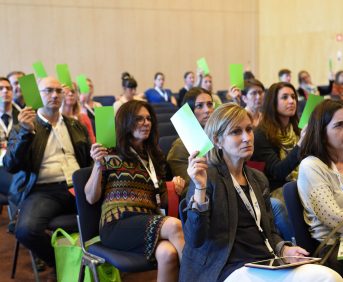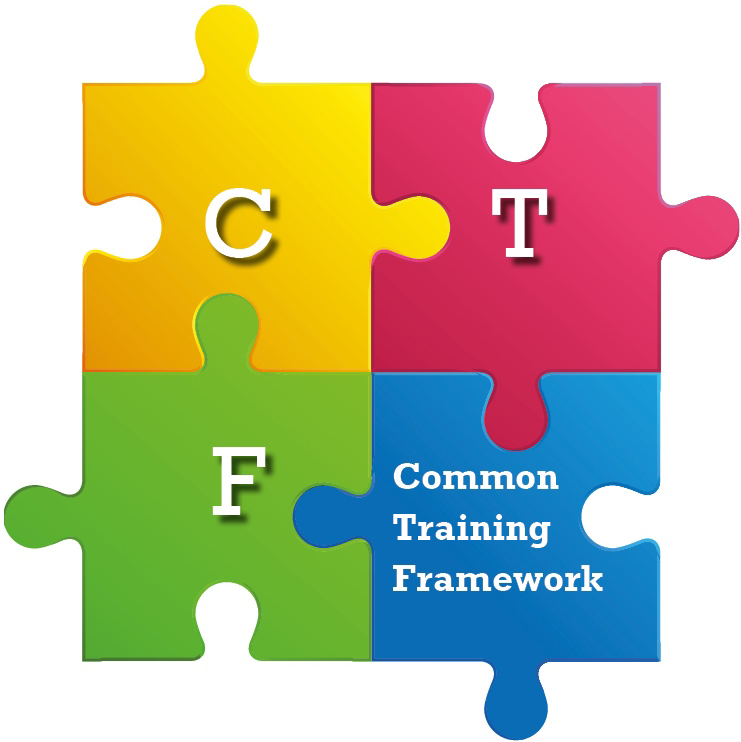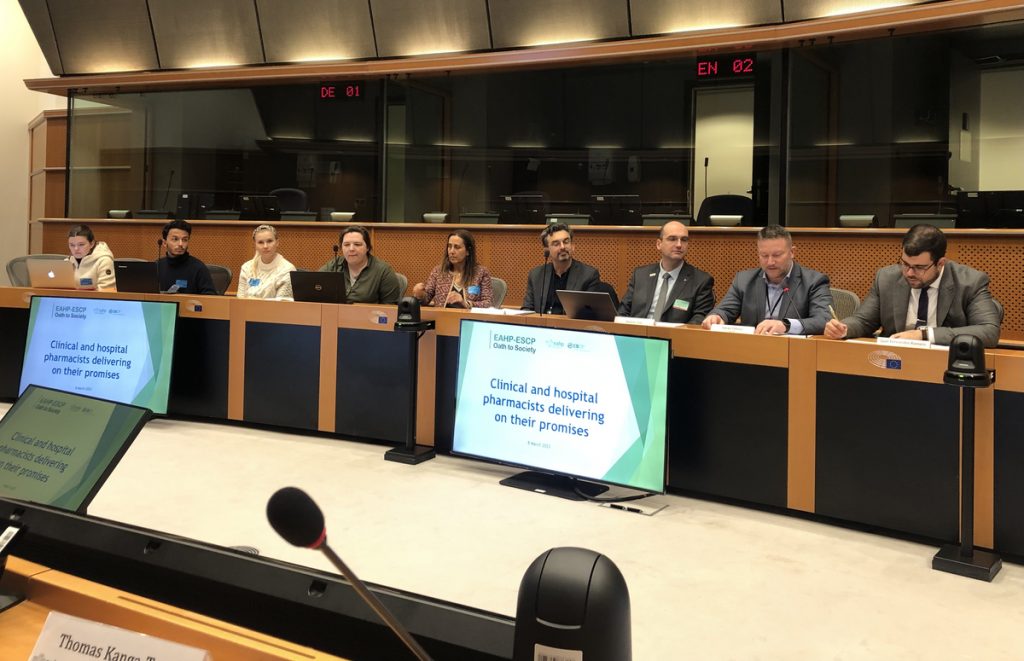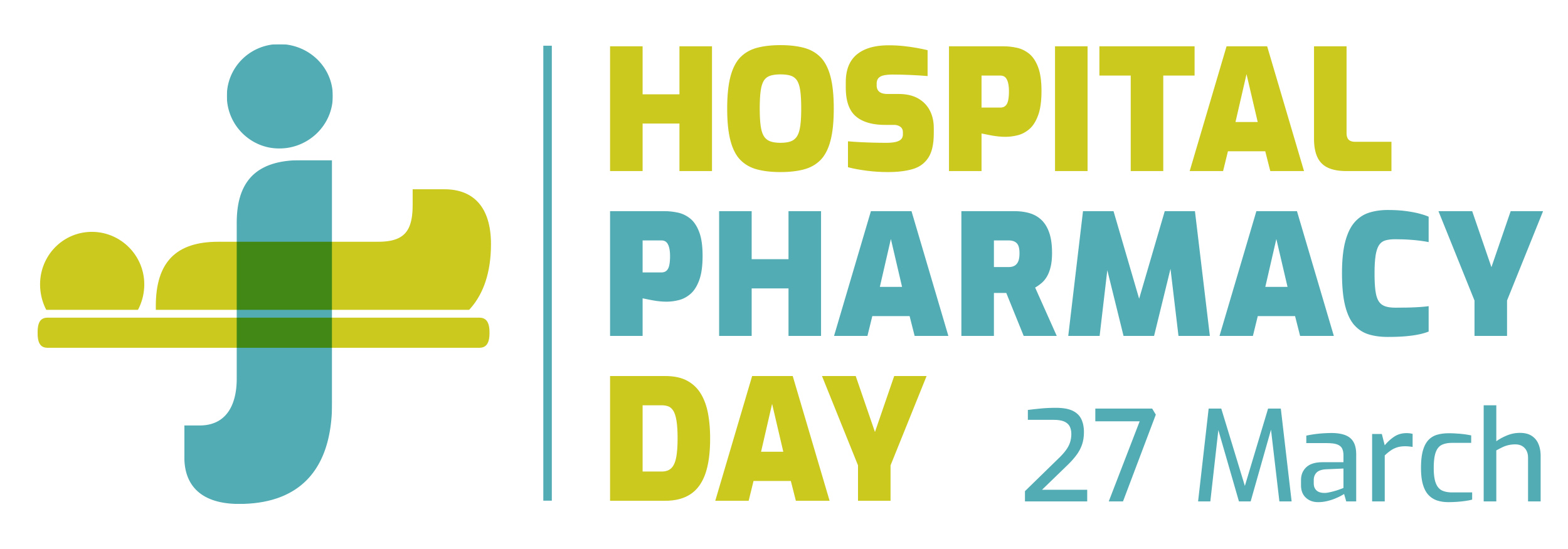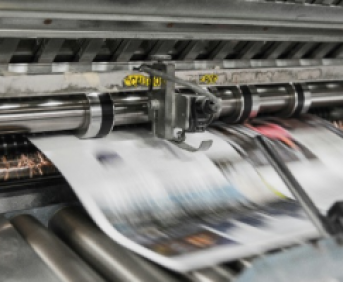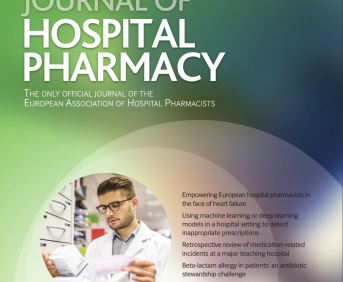DEVELOPMENT OF GUIDELINES FOR SAFE HANDLING OF ONCOLYTIC VIRUSES (submitted in 2019)
Pdf

European Statement
Clinical Pharmacy Services
Author(s)
Faten Ahmad Díaz, Eugenia Serramontmany Morante, Carla Esteban Sánchez, Pablo Latorre García, Montserrat Carreres-Prieto, Javier Martínez Casanova
Why was it done?
Different critical points were detected: 1) some OV dose prescription depends on tumor size, 2) special storage conditions, 3) special safety measures related to preparation to prevent cross-contamination and technician exposure, 4) special transport conditions in a safety container, and 5) safe administration. The increasing number of clinical trials with OV combined with the identified critical points implies a better coordination between the different departments involved.
What was done?
Development of a standardised working procedure for the safe handling considerations, storage requirements, and modes of administration of oncolytic viruses (OV) in patients with cancer.
How was it done?
Different meetings were arranged with a multidisciplinary team to standardise procedures, in order to avoid errors: 1. The pharmacist validates the prescription volume reflected on the certified sheet according to the tumour size. Then, a pharmacy technician is authorised to remove the vials from the freezer to start the preparation. 2. Special −80ºC freezer is needed to preserve the OV. 3. According to the preventive medicine service, OV must be prepared in biological safety cabinet class II (BSC) with personal protective equipment. At the end of preparation, the BSC must be cleaned with the OV appropriate disinfectant and ventilated for 1 hour before restarting to work again. So, the OV preparation was established at 7 a.m. in order to avoid cross-contamination with the chemotherapy (first preparation in the day). 4. Safety transport must be considered, so OV is packaged in a special hermetic box. 5. The majority of the OV preparations are administered intralesionally at the radiology room so safe administration is needed to avoid the room contamination.
What has been achieved?
By using these procedures, it is possible to work with a single BSC, avoiding delays in the administration of other therapies while reducing the risk of mistakes.
What next?
These types of therapies represent a novel therapeutic modality: their preparation, administration and handling requirements differ from current therapies; pharmacists have an important role in developing new procedures to incorporate them into clinical practice. This protocol may be useful to other centres due to the lack of experience and standardised guidelines to work with this type of therapy.
